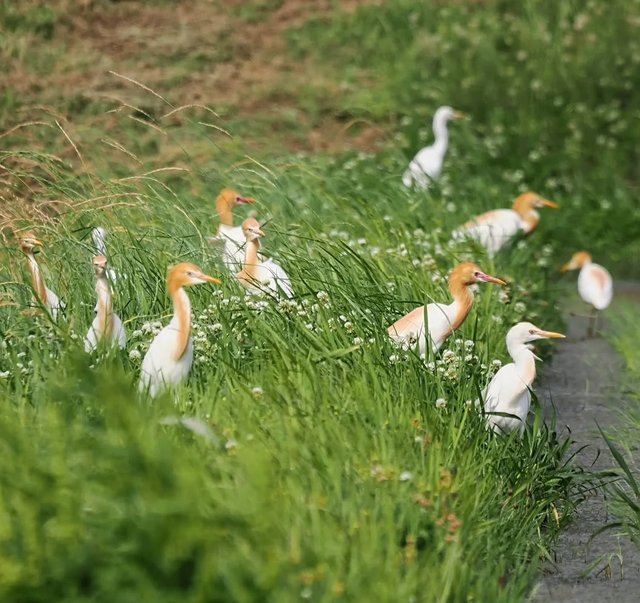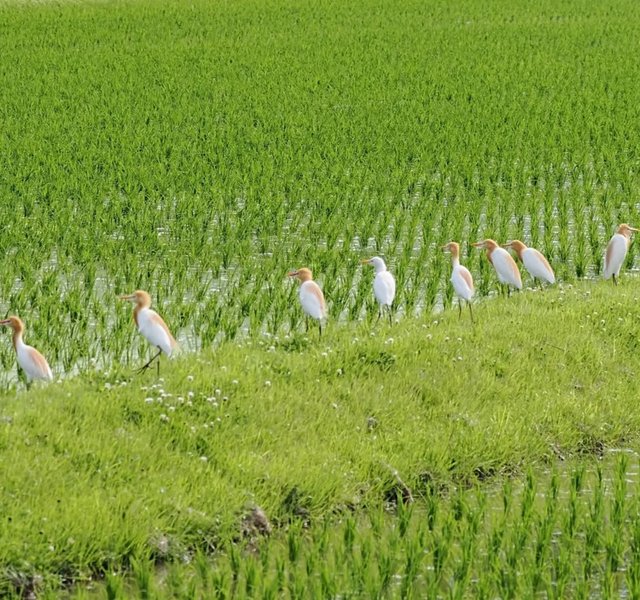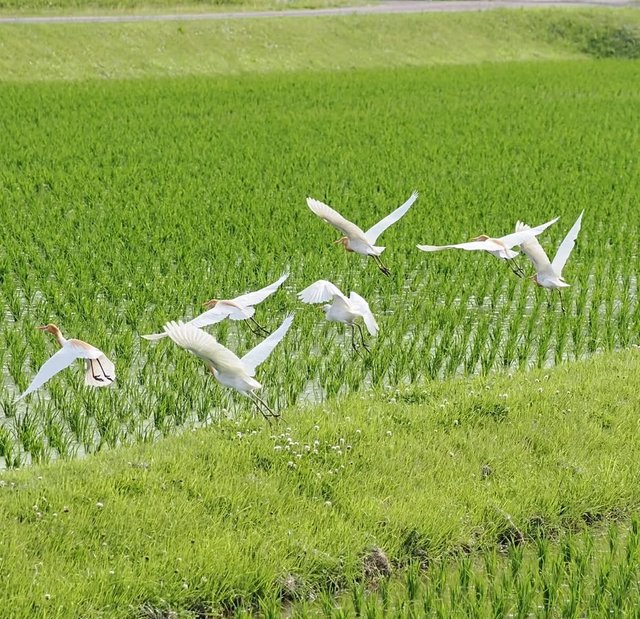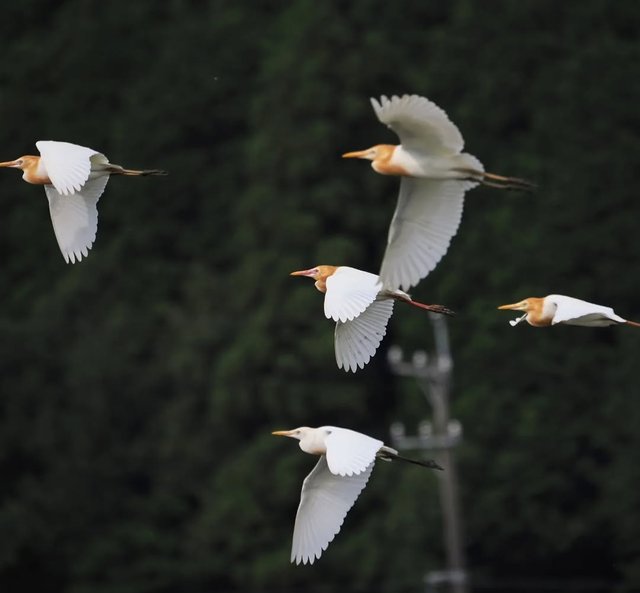So Cute Cattle Egret Bird
Cattle Egret: The Wandering White Companion of Grazing Herds
The Cattle Egret, scientifically known as Bubulcus ibis, is a fascinating bird that has earned admiration and curiosity around the world due to its close association with livestock and its remarkable adaptability. Though originally native to parts of Asia, Africa, and southern Europe, this species has undergone an extraordinary global expansion, becoming a familiar sight on every continent except Antarctica. Its success story is one of resilience, opportunism, and synergy with human-altered environments.
Physical Characteristics
The Cattle Egret is a small to medium-sized heron with a stocky build. It typically measures about 46–56 cm in length with a wingspan of approximately 88–96 cm. In its non-breeding plumage, the bird is predominantly pure white, with yellow legs, a yellow bill, and dark eyes. However, during the breeding season, it transforms into a more flamboyant appearance, adorned with orange-buff plumes on its crown, chest, and back, along with a reddish tinge to its bill and legs.
Global Distribution and Habitat
Originally native to Africa and parts of southern Eurasia, the Cattle Egret began its expansion in the late 19th and early 20th centuries, spreading to the Americas, Australia, and even islands in the Pacific. Its global success is attributed to its exceptional adaptability and its commensal relationship with large grazing animals like cattle, buffalo, horses, and even deer.
It inhabits a wide range of environments, including:
Grasslands and savannas
Agricultural fields
Wetlands and rice paddies
Pastures and suburban parks
Unlike many of its heron relatives, the Cattle Egret is less dependent on aquatic habitats, often preferring drier fields where it can forage more effectively.
Behavior and Feeding
One of the most recognizable traits of the Cattle Egret is its habit of following large mammals, especially cattle, to catch prey that is disturbed by the movement of hooves. This behavior is not only efficient but also opportunistic, as the bird captures insects, frogs, spiders, earthworms, small reptiles, and even mice flushed out by grazing animals.




%20(7).jpeg)